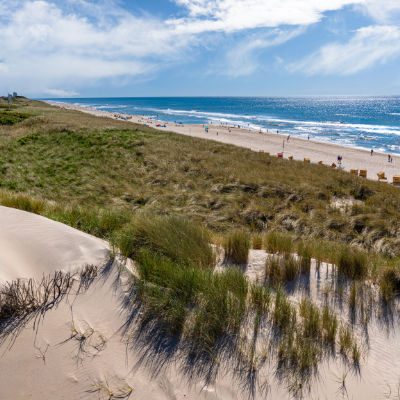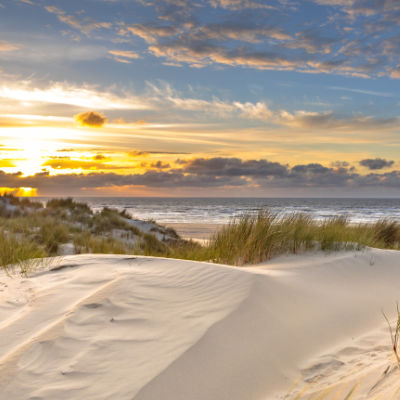About
Coastal erosion is exacerbated by sea level rise, increased storminess and human activities along the coast. Through numerous applications of soft technology a cost effective solution has been applied to numerous cases across New Zealand. Dune restoration and other coastal ecosystem solutions are being applied through the expert application of knowledge held by Greg Jenks and the team at the International Global Change Institute. The underlying problem statement, approach and methods have been documented over more than a decade of experience. This website has been specifically designed to assist members of the adaptation atlas community and others to understand the principles behind ecological restoration in the coastal zone and to provide access to the team of active solution implementers.

